There can be your advertisement
300x150
What to Do If Someone Stole Your Design Project
Is it really possible to defend your ideas and projects, get compensation, and punish the thief of intellectual property? Lawyer Ekaterina Kussmaul explained.
In recent times, designers often discover the results of their work on third-party websites and in design studios' portfolios. This includes direct copying of photographs or visualizations, as well as using a designer's ideas in their own projects. Lawyer Ekaterina Kussmaul explained how to protect your rights, punish the infringer, and get compensation for damages.
Ekaterina KussmaulLEGAL SPECIALISTShe specializes in legal support for designers, architects, or their clients, helping to conclude contracts that maximize protection against conflicts. Whether the idea was stolen or not, only a court can decide
Not long ago, one of the designers created a design project that repeated the work of a well-known Russian decorator in every detail, openly admitting that he was inspired by her ideas and used them as the basis for creating a new interior. In this case, it is very difficult to give a legal assessment of the situation. According to our legislation, unlike some Western countries, copyright covers works expressed in any objective form, such as descriptions, images, or volumetric-visual representations. According to Article 1259 of the Russian Civil Code, copyright does not extend to ideas, concepts, or methods of solving technical tasks.
Determining whether the interior design was copied, or an objective spatial form reproduced, can only be done by a court considering many factors, including floor plans, materials, combinations of both projects, and the randomness of such use.
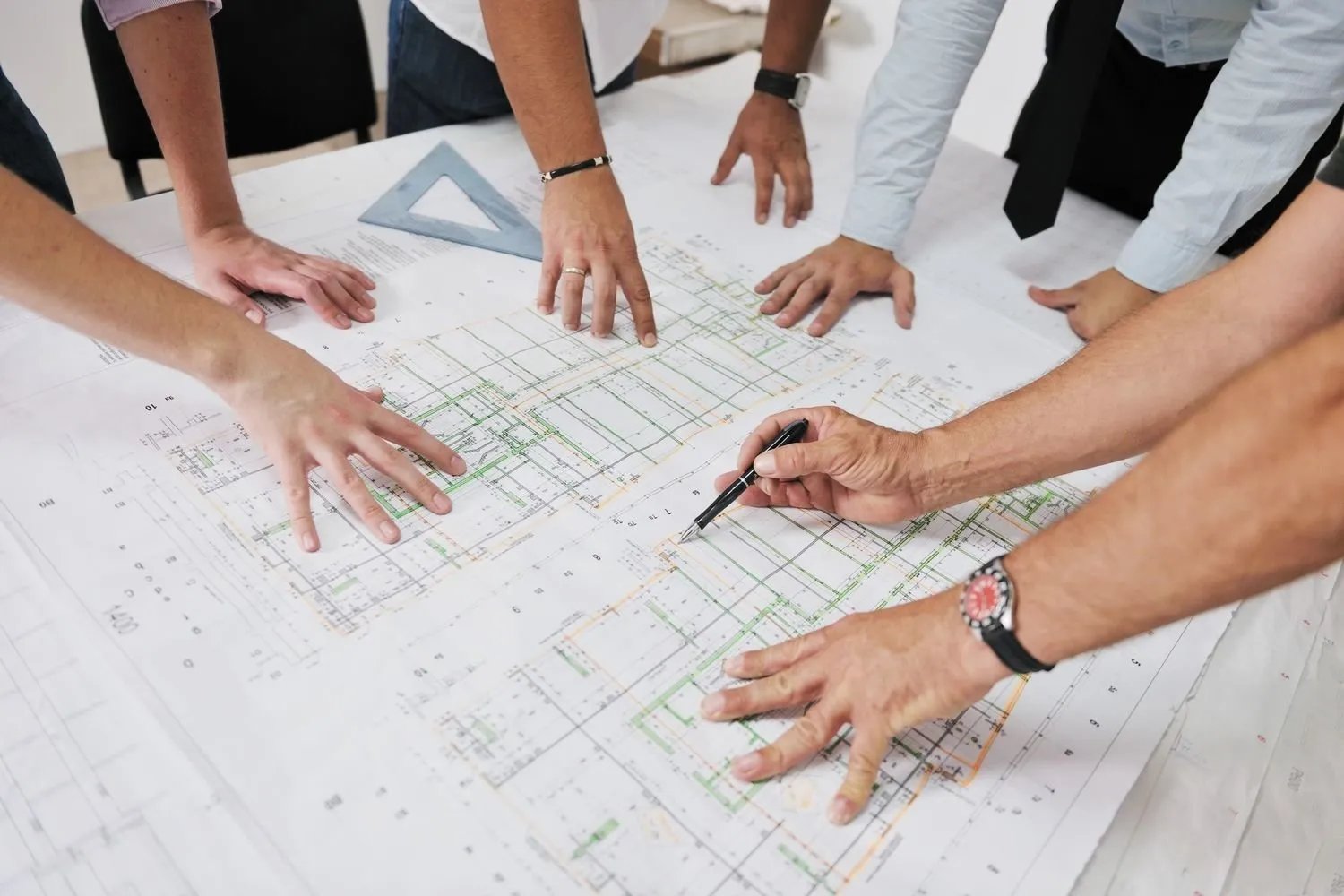 Request Removal of Your Photos and Renders from Third-Party Sites
Request Removal of Your Photos and Renders from Third-Party SitesIf your goal is to achieve justice rather than monetary compensation, the first step should be to contact the infringer. If there is no feedback form or contact information on the website, you can send a letter to the domain name administrator using the WHOIS service and the "contact with administrator" section.
If the infringer ignores your demands, the next step is to contact the technical support of Yandex, Google, or the hosting provider to request blocking or non-indexing of the site containing content that violates copyright. For example, Yandex has a special instruction for this. However, sometimes providers refuse such requests citing lack of a court decision in the disputed case.
 Don't Be Afraid to Demand Compensation
Don't Be Afraid to Demand CompensationDespite the widespread use of others' photos, only a few people seek protection for their rights, although the amount of compensation can be substantial. Depending on the nature of the infringement, the court may award from 10,000 rubles to 5 million rubles or twice the normal cost of lawful use, i.e., the cost of a design project. If interior design or architectural photographs are published without permission, the amounts increase because not only the design of an apartment or house but also the photographs are used and published.
For example, recently a court awarded 2.45 million rubles to the plaintiff for publishing 57 photographs of a residential house design in Moscow Region, including 1.2 million rubles for copyright infringement on photographs and 1.25 million rubles for the design itself. In another case, a court awarded 1 million rubles in compensation to a design studio and its general director for copyright infringement on design projects.
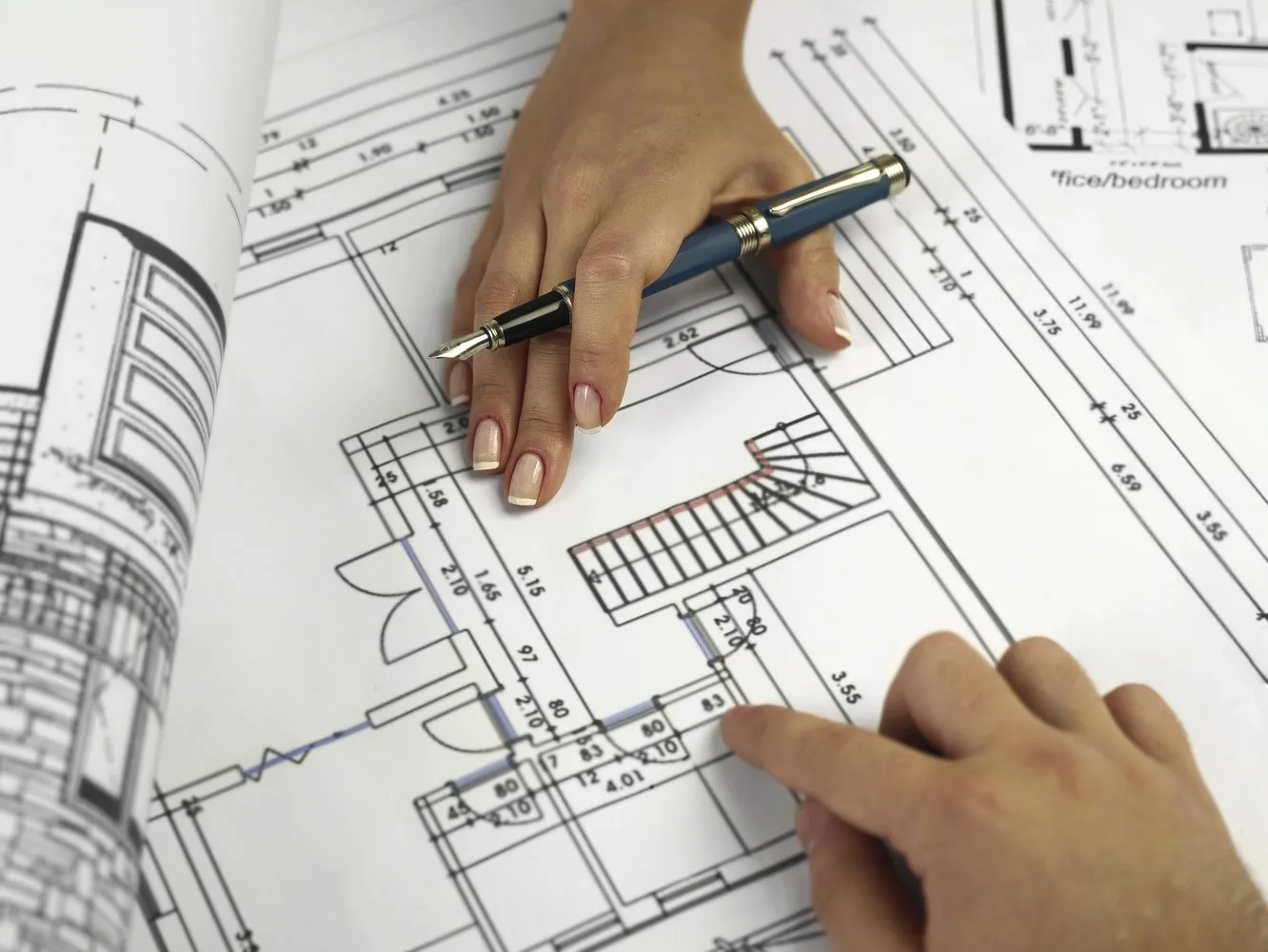 Send Your Demands to the Infringer
Send Your Demands to the InfringerRegardless of whether you want only to stop the use of photographs or claim compensation, you must send an official demand to the infringer's legal address. You can find it in the electronic service of the Federal Tax Service. In the issued statement, locate the section "Address (Location)" and also "Information about the person authorized to act on behalf of the legal entity without a power of attorney."
Send the complaint via "Russian Post" or a courier service, with a description of the contents and notification of receipt. Also provide your contact details – email and phone number so that the infringer has a chance to resolve the conflict out of court.
 Confirm Your Rights to the Project
Confirm Your Rights to the ProjectIn case of a demand for compensation, the situation becomes more complex because you need to prepare evidence and collect documents confirming that not only copyright on interior design but also exclusive rights to the image (photo, render) belong to you. These include various publications of the interior in magazines, additional viewpoints, source files, and a contract with the visualizer or photographer transferring exclusive rights to the image specifically to you.
Now, admit it – who signs official contracts with visualizers and photographers? Even after paying for the result (photo, visualization), you will not have the right to dispose of it without a written agreement transferring exclusive rights (or defining another scope of usage rights). Therefore, the advice to sign a contract with the performer is not about trust between the parties but proper documentation of rights transfer.
 Document the Violation
Document the ViolationAn important fact to prove is the violation itself. Removing photos from a site is easy, so it's necessary to prove that "they were there, I saw them myself, I swear by my mother." The best evidence is a notarized protocol of site inspection, but this procedure is quite expensive – at least 3,000 rubles per page of the inspection protocol and description of the certified pages. In total, the notary will charge at least 10,000 rubles.
In some cases, the court may accept screenshots certified by a party to the case, inspection reports certified by persons present during the inspection, and video recordings of the violation, but each of these pieces of evidence will be evaluated for reliability and admissibility.
 When It Is Not Worth Fighting for Your Rights
When It Is Not Worth Fighting for Your RightsLet me emphasize right away that it makes sense to initiate this whole process only in cases where:
- You know at least the name and INN of the infringer, which is listed on the website or found in other sources;
- The infringer has sufficient assets to pay compensation and attorney fees, with real prospects of recovering money.
There are examples of resolving the situation out of court, where after receiving a complaint, the infringer voluntarily removes the problem by deleting photos and other materials from their resource. But otherwise, you still need to seek protection of your rights in court.
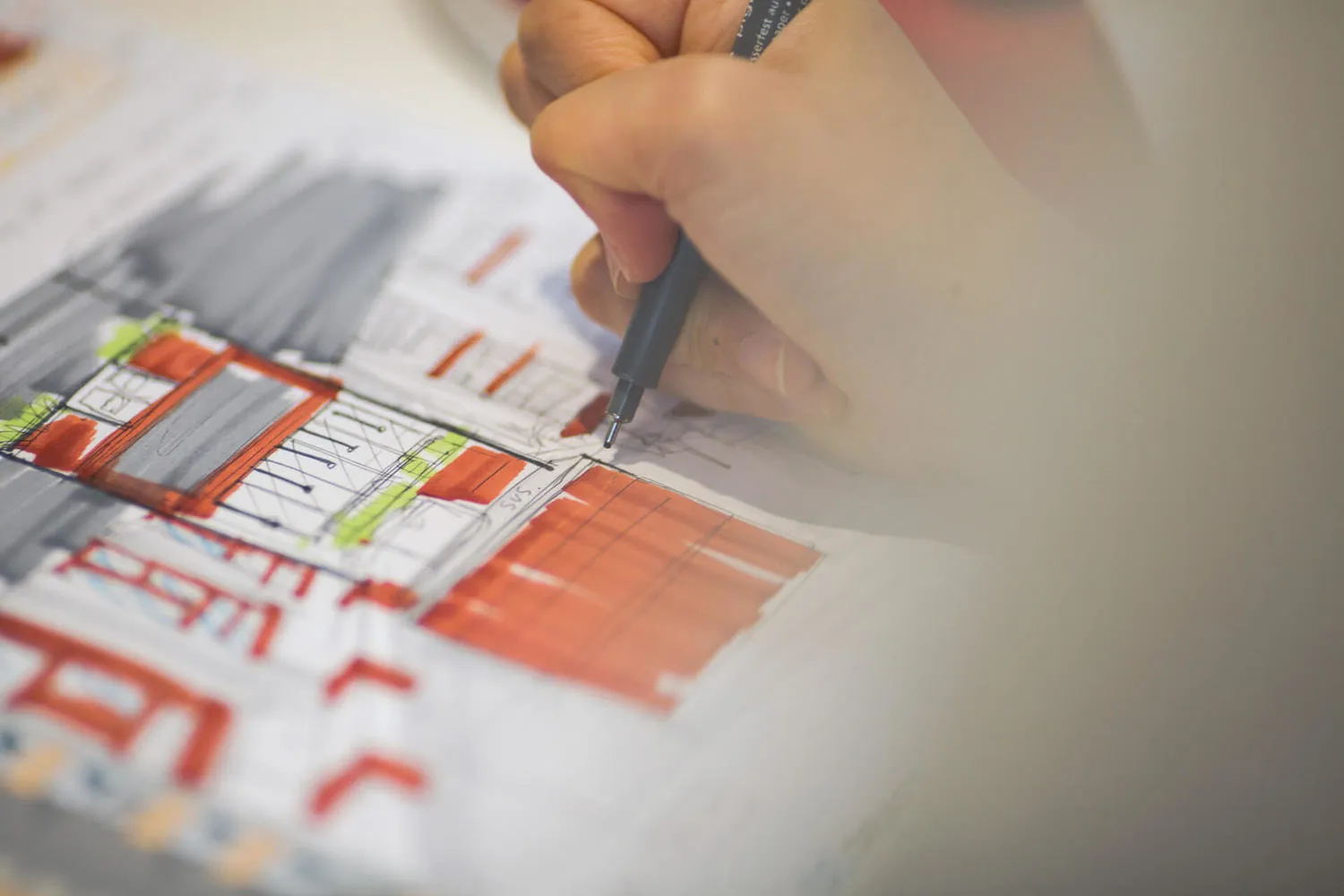
More articles:
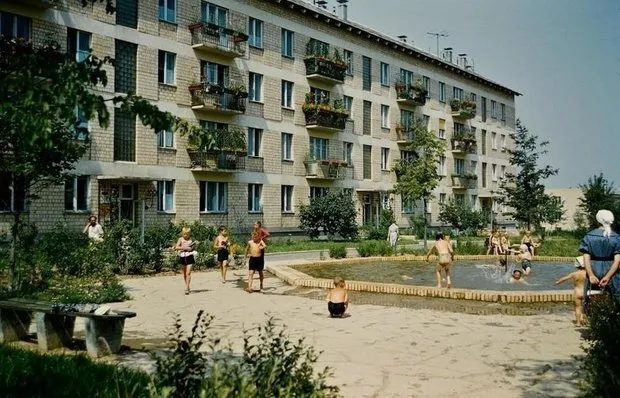 10 Interesting Facts About Khrushchyovkas
10 Interesting Facts About Khrushchyovkas 9 Main Trends from the Design Miami / Basel Forum – 2017
9 Main Trends from the Design Miami / Basel Forum – 2017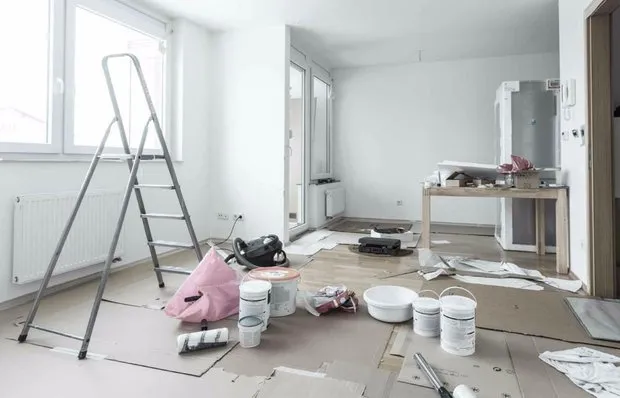 10 Unsuccessful Decisions for Apartment Renovation
10 Unsuccessful Decisions for Apartment Renovation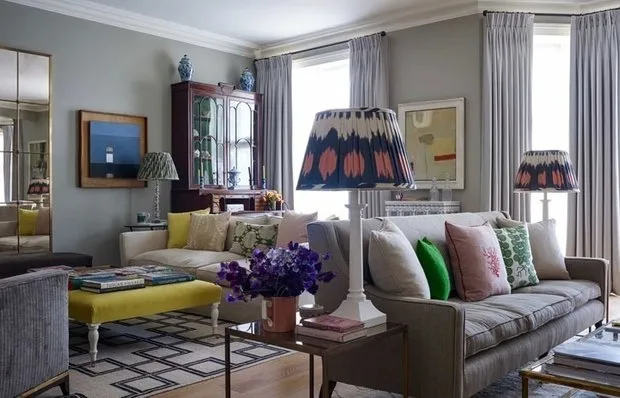 Cozy Apartment in London with Bold Accents
Cozy Apartment in London with Bold Accents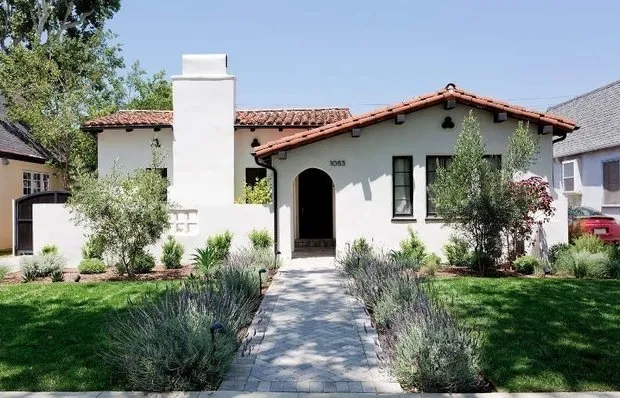 Modern Life in an Old House: Example in Los Angeles
Modern Life in an Old House: Example in Los Angeles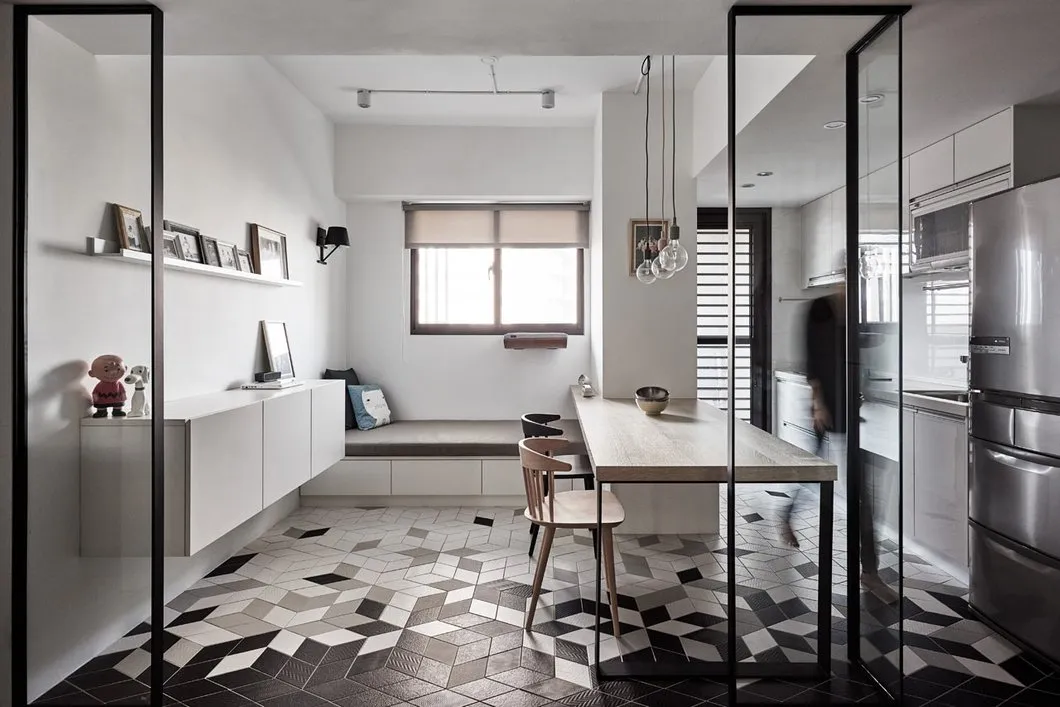 Modern Interior Style
Modern Interior Style 3 Layout Options for Kitchen in Standard Panel Studio Apartment
3 Layout Options for Kitchen in Standard Panel Studio Apartment Redesigning a 2-Room Apartment: 3 Examples
Redesigning a 2-Room Apartment: 3 Examples